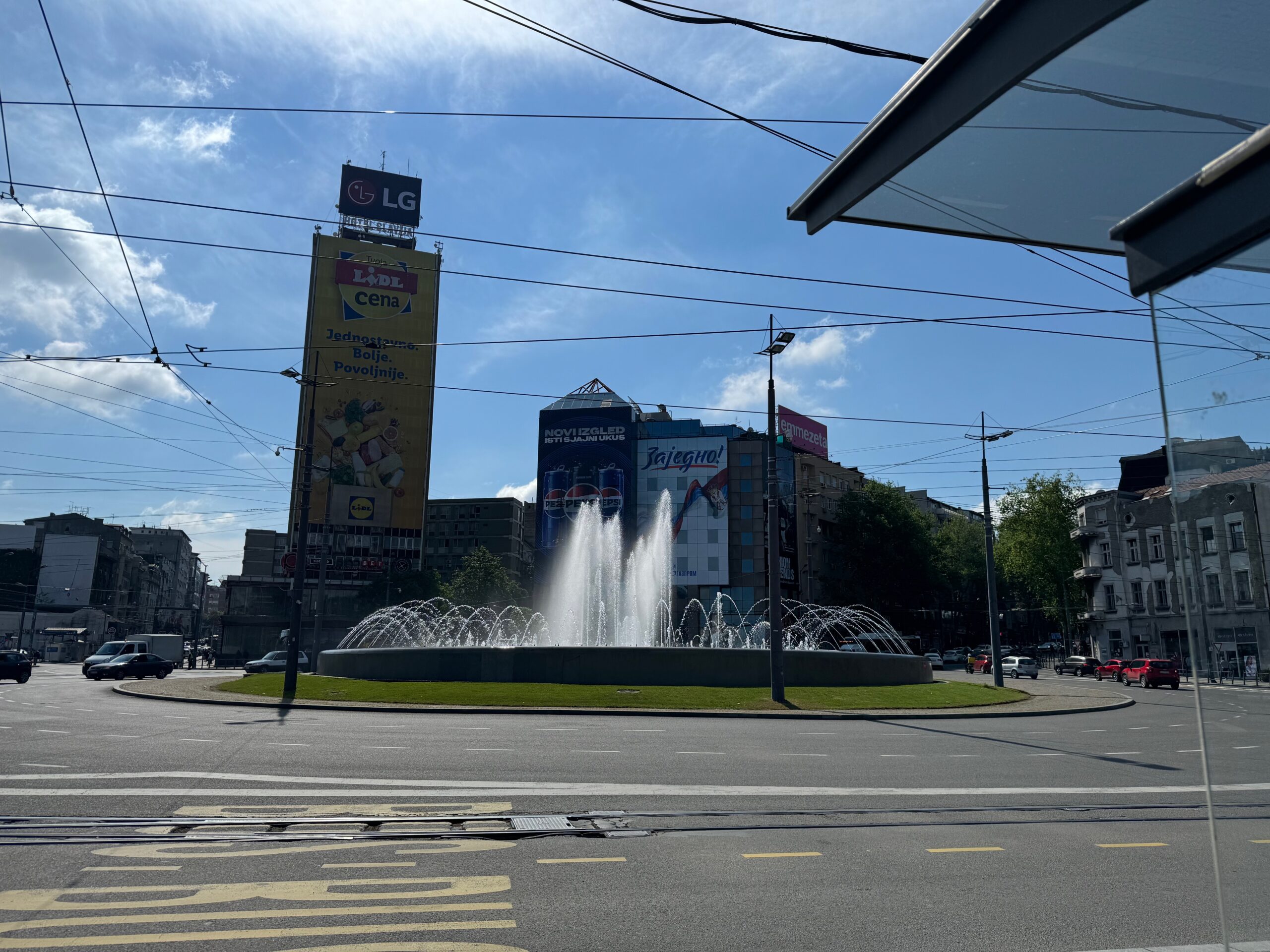When did I last visit Belgrade? April 2024
When was this article last updated? March 2025
.
Arriving in Belgrade
The fastest public transport route into Belgrade is the A1 minibus which takes 30 minutes from the Airport to Slavija Square. This service runs roughly every 25-30 minutes and costs 400 Serbian Dinar. Please note that you can only purchase tickets on the minibus from the driver in Serbian cash. Other local buses are available to different parts of the city and tickets can be purchased either from the driver or on the BeogradPlus app.
UPDATE: Some public buses from the airport are now free of charge – check before travelling for the correct buses.
Taxis are available from the arrivals hall at Belgrade Airport. There is a desk where you can take a fixed price voucher for your destination, ranging from 2,300 Serbian Dinar for trips to Novi Beograd and Zemun, 3,000 Dinar for trips to the main city centre, and higher rates for further afield. Alternatively, you can pre-book taxis through Booking.com’s airport taxi service for an affordable rate.
There is no Uber or Bolt service in Belgrade, however, Yandex Go is available. From experience, it was not the most reliable service but worked well when it did go to plan.
All major rental car providers have a presence at Belgrade Airport. If you want a bit more flexibility in Belgrade, a rental car could be worthwhile, although it is worth checking if your accommodation offers parking as it can be limited otherwise.
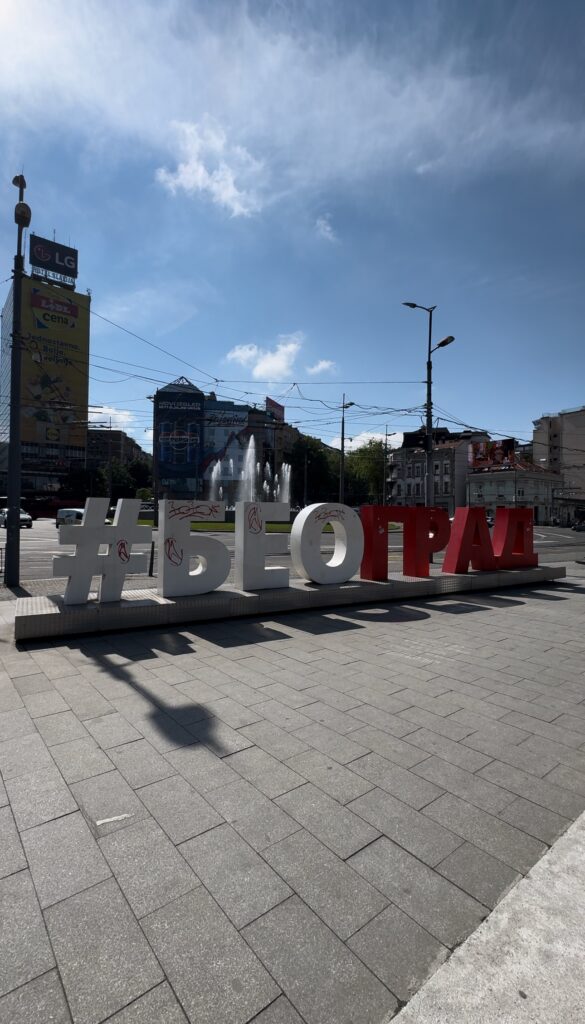
Getting around Belgrade
Belgrade has a comprehensive system of buses, trams and trolleybuses. Whilst they are normally reliable, they don’t generally run to a timetable so it’s best to just hang around and wait for your ride to show up! Google Maps is generally good for public transport information. Some attractions are a distance apart in Belgrade so it can be useful for the more out-of-town museums. More details on routes can be found here.
UPDATE: since my visit, public transport has been made free in Belgrade to residents and visitors. Timetables can be a challenge. The previous ticket system was extremely difficult for tourist so this change is most welcome.
As mentioned above, there are no Uber or Bolt services in Belgrade, however, Yandex Go operates within the city. There is also a local service called Car:Go although I struggled to make this work. I used the Yandex service during my trip and found it affordable but occasionally unreliable. I suggest that you set the app up before you leave for Belgrade.
Most of the city centre attractions are within walkable distance of major hotels. The city centre is pedestrian friendly and walking can be a nice way both to get your steps in and explore the city further. Public transport or taxis can be useful for the more out of town attractions, including the Museum of Yugoslavia and Belgrade Waterfront.
Things to do in and around Belgrade
The Belgrade Fortress, which includes within it the Military Museum, offers both views across the city and the Rivers Danube and Sava. The fortress is well preserved with historic walls and statues within it. Make sure to walk around the fortress walls for the full view. It’s a great place to spend a sunny day in Belgrade. The Military Museum can be found within the complex and costs 350 RSD to enter. However, there are some military artefacts outside the museum that can be viewed for free – depends on how much of a history fan you are!
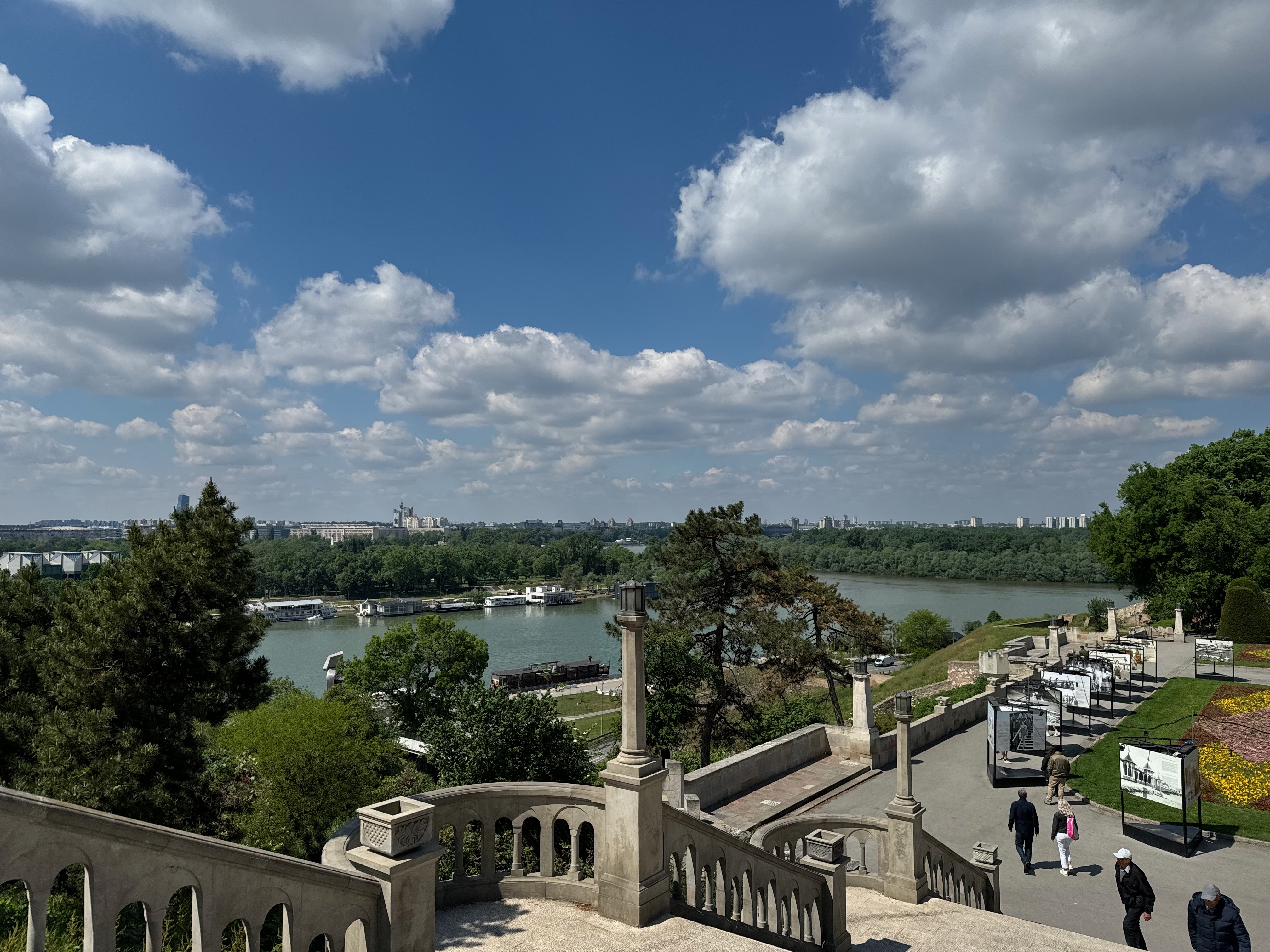
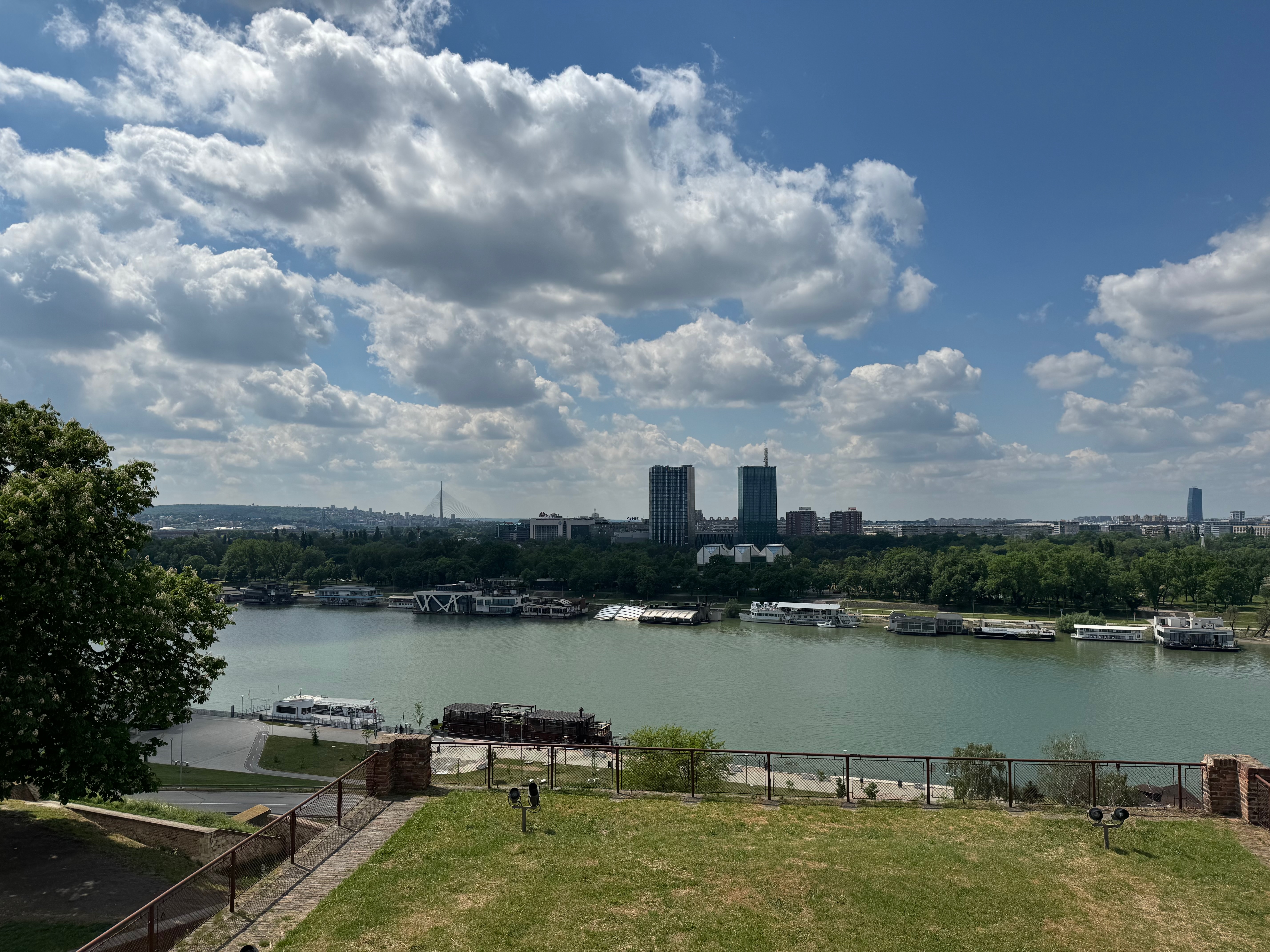
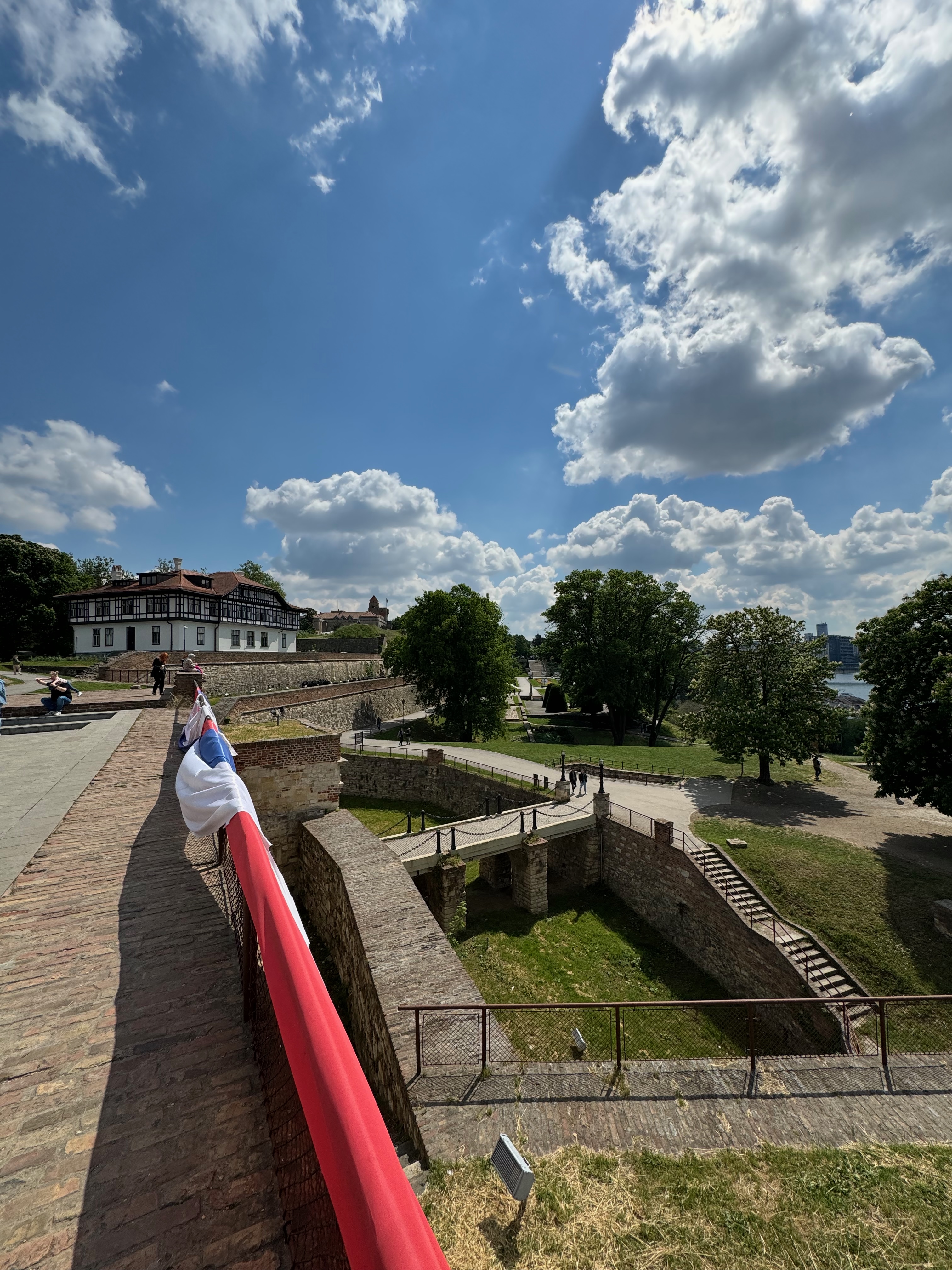
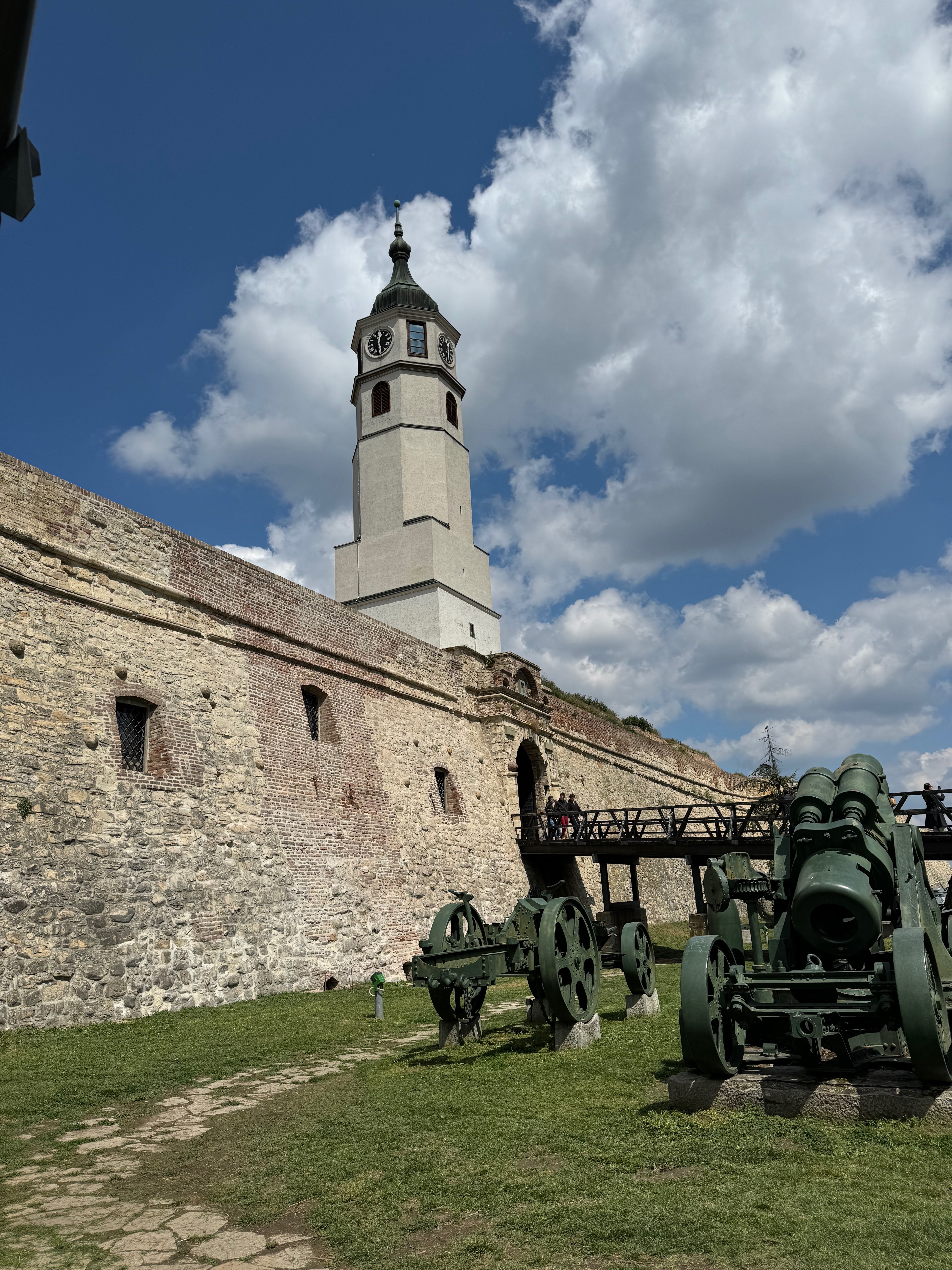
Whilst walking through Belgrade, it’s likely that you’ll find yourself on Knez Mihailova Street. Running through the city centre, the street has a lively atmosphere and is full of shops, cafes and restaurants flowing out into the street. You will often come across some street performers too.
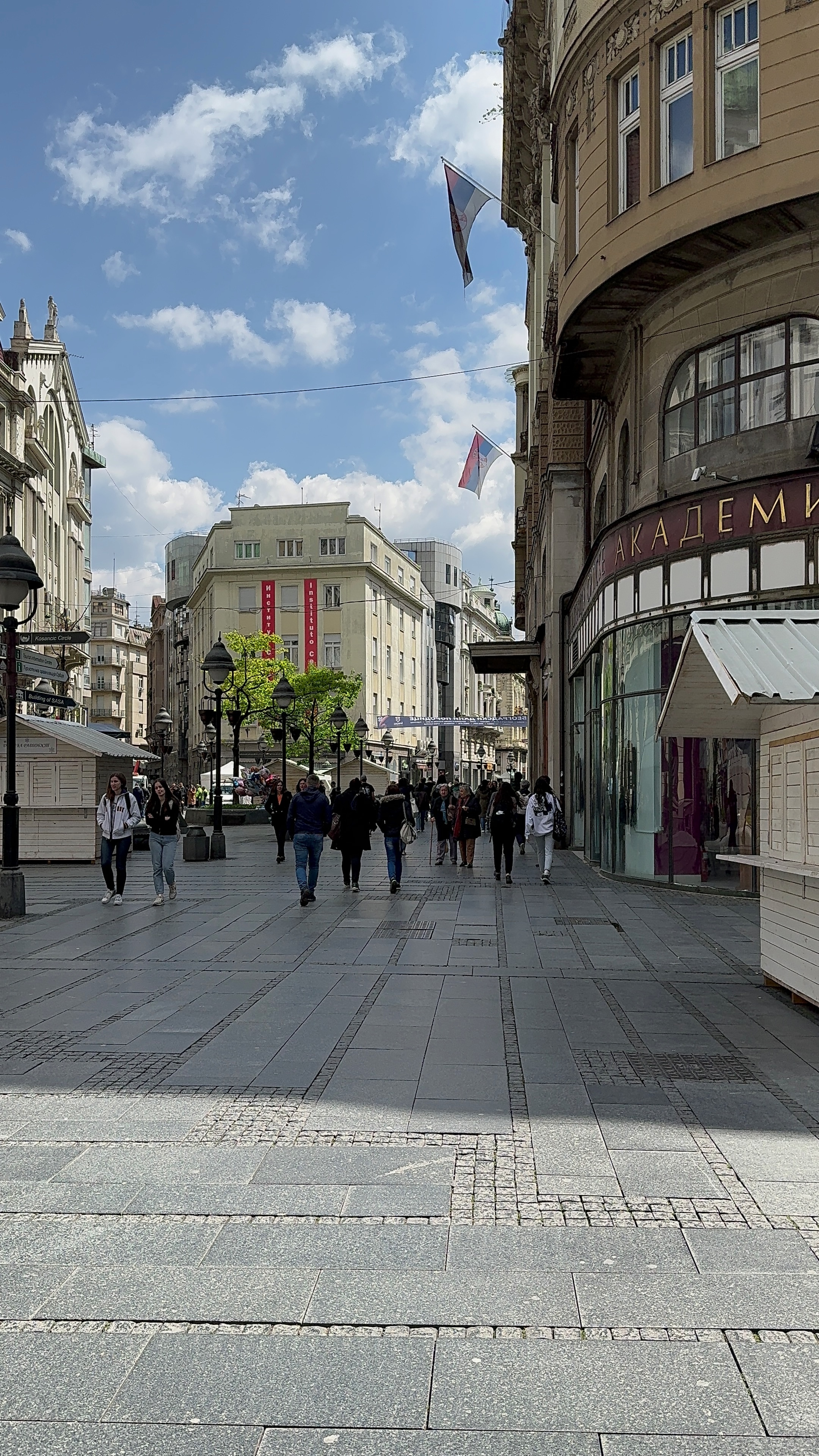
Republic Square is the main square in Belgrade. It can be quite a noisy spot with all the traffic – there was also some sort of festival on whilst I was visiting! Whilst there isn’t much to see or do in the square itself, it can be a useful guiding point and there are a few cheap places to eat around the square.
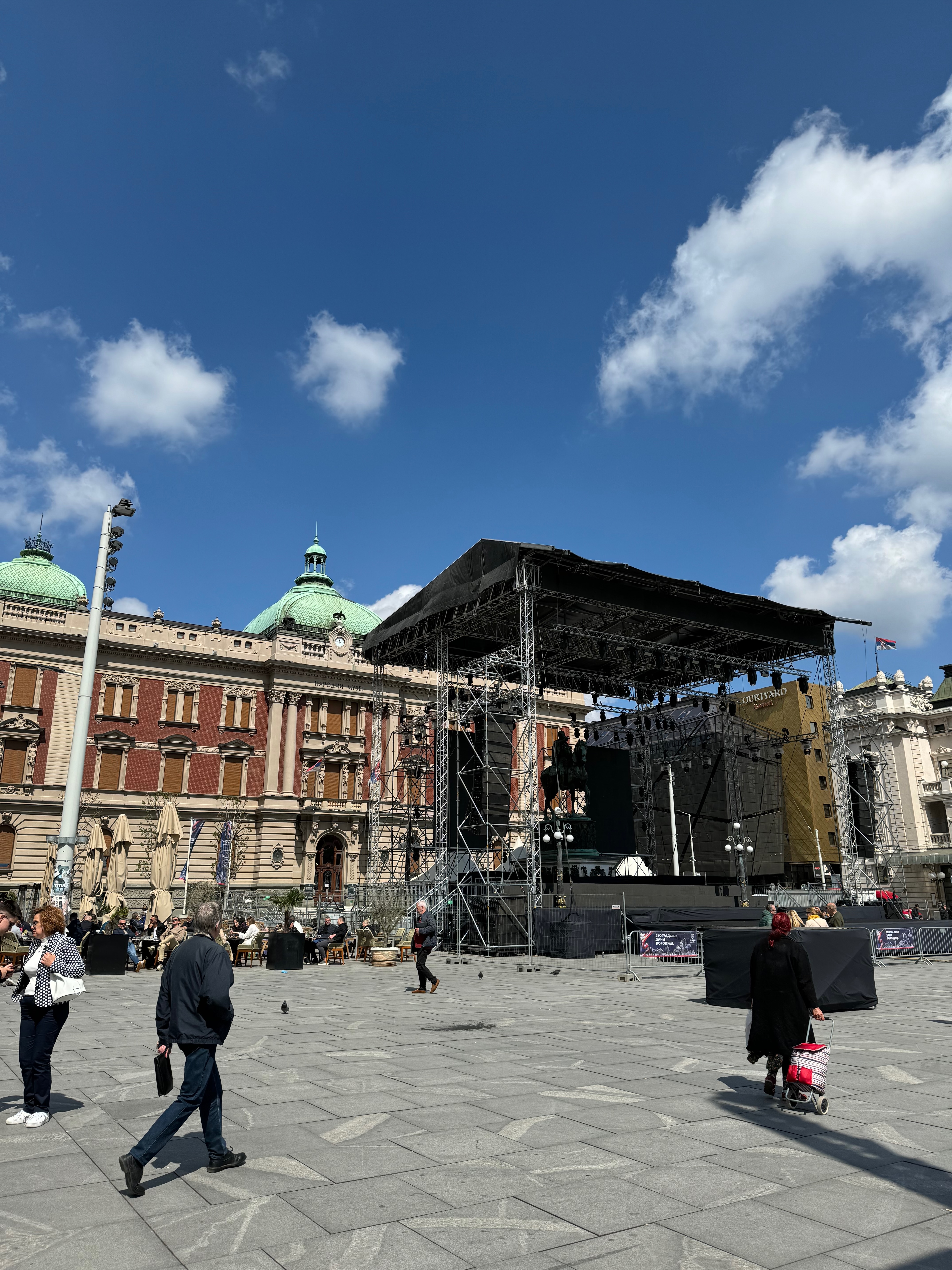
Skadarlija is the second most popular spot to visit for tourists in Belgrade after the Fortress. Showcasing a more traditional side of the city, this cobbled street is a great space to visit in the evenings with bars, restaurants and hotels found along the street. Make sure to go and experience Serbian cuisine and music in this picturesque spot.
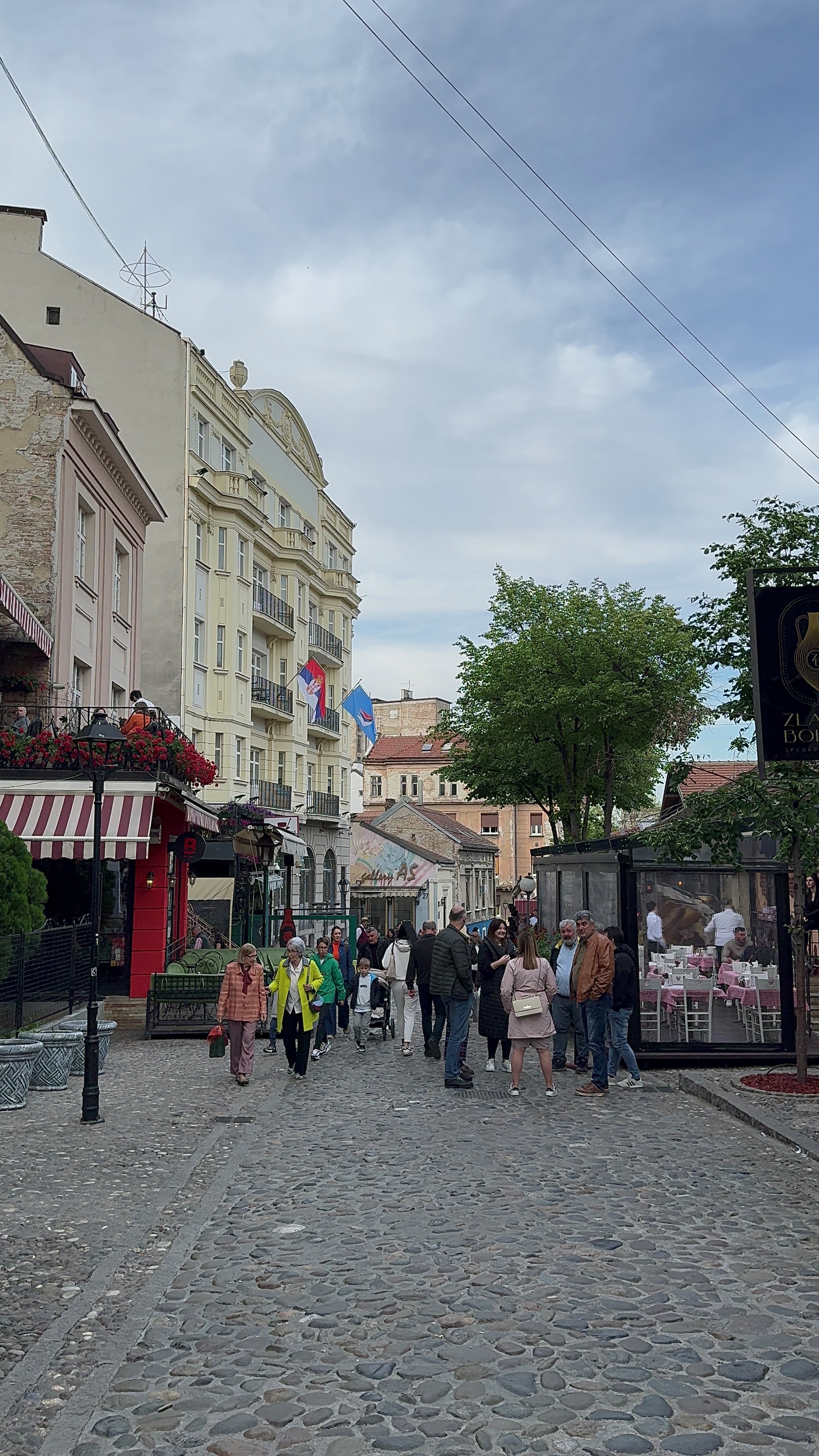
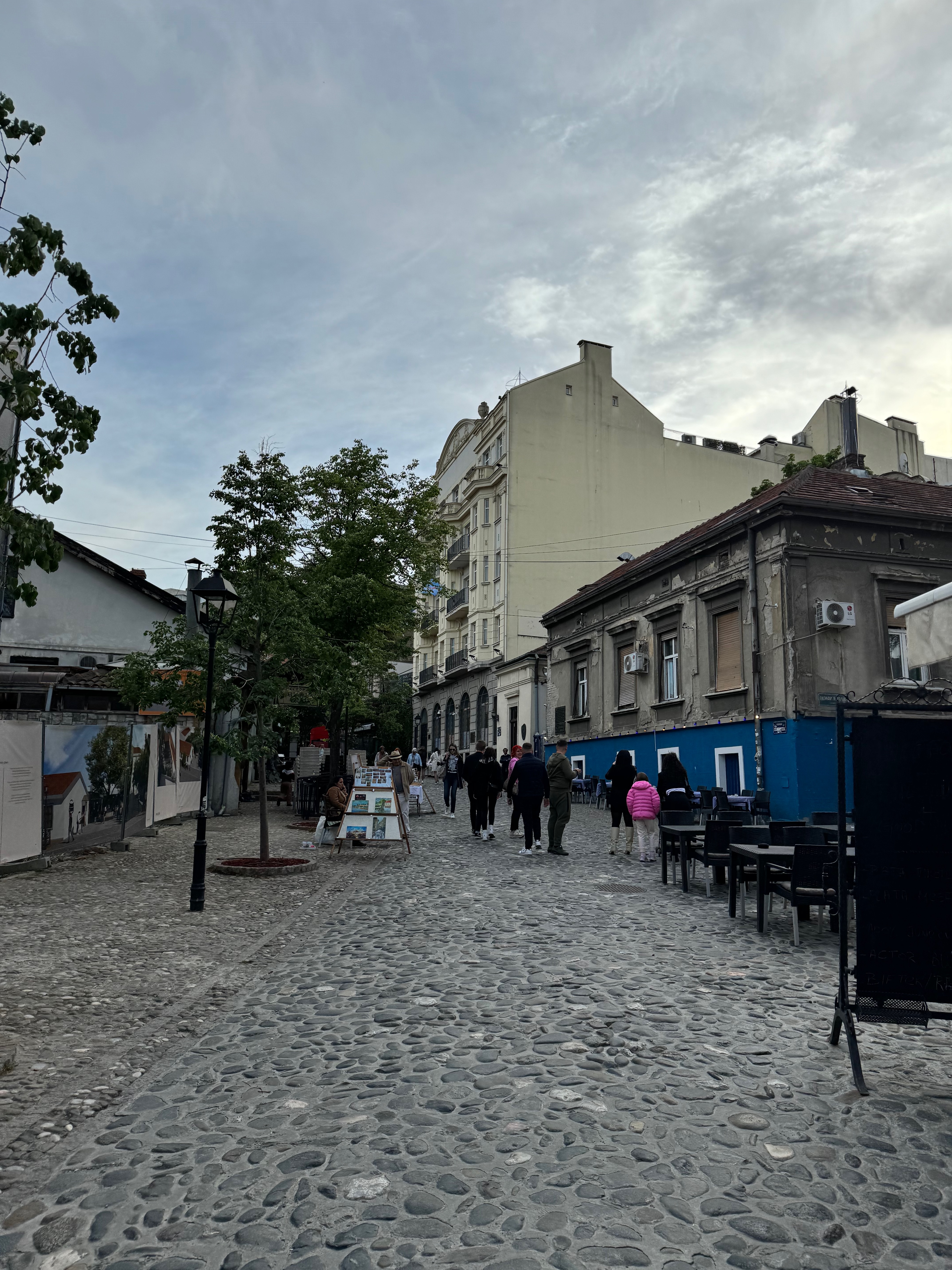
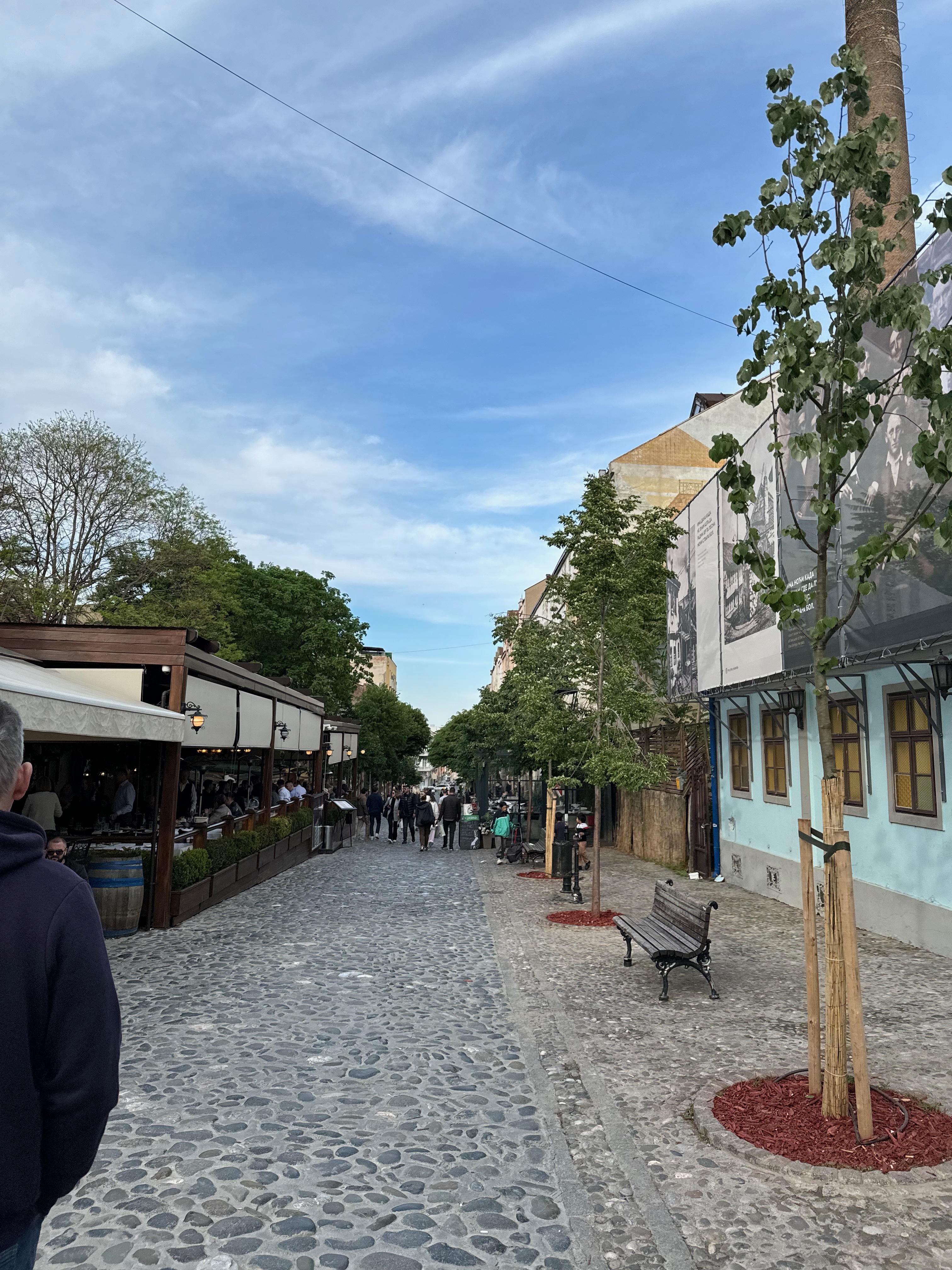
The Hotel Moskva is a building with a lot of history right in the eastern centre of Belgrade. Constructed in 1908, the hotel was originally called the Rossiya Palace and has hosted many famous guests over the years. Outside the hotel, there are boards displaying the history of the hotel and the famous visitors it has hosted.
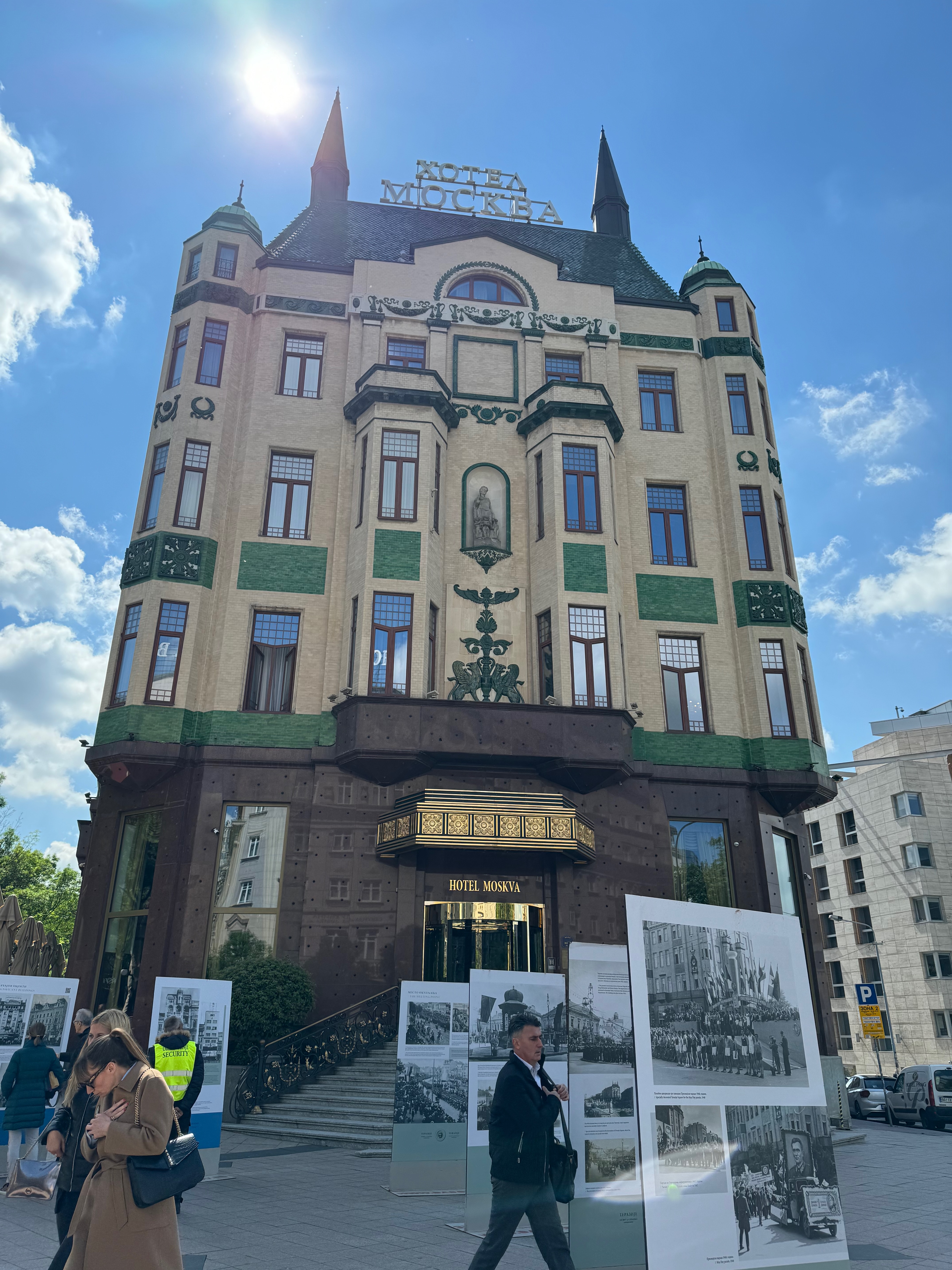
The Temple of Saint Sava is a must visit when in Belgrade. With its white exterior, breathtaking white and golden interior and imposing domes, the Temple is simply breathtaking. Whilst you’re inside, make sure to go downstairs to see the frescoes and the golden ceilings hidden within the crypt. The Temple is a spot to just take the time to admire the architecture and the different displays of Orthodox and Serbian history. The area surrounding the Temple is well maintained with some green space and benches to sit and people watch for a bit!
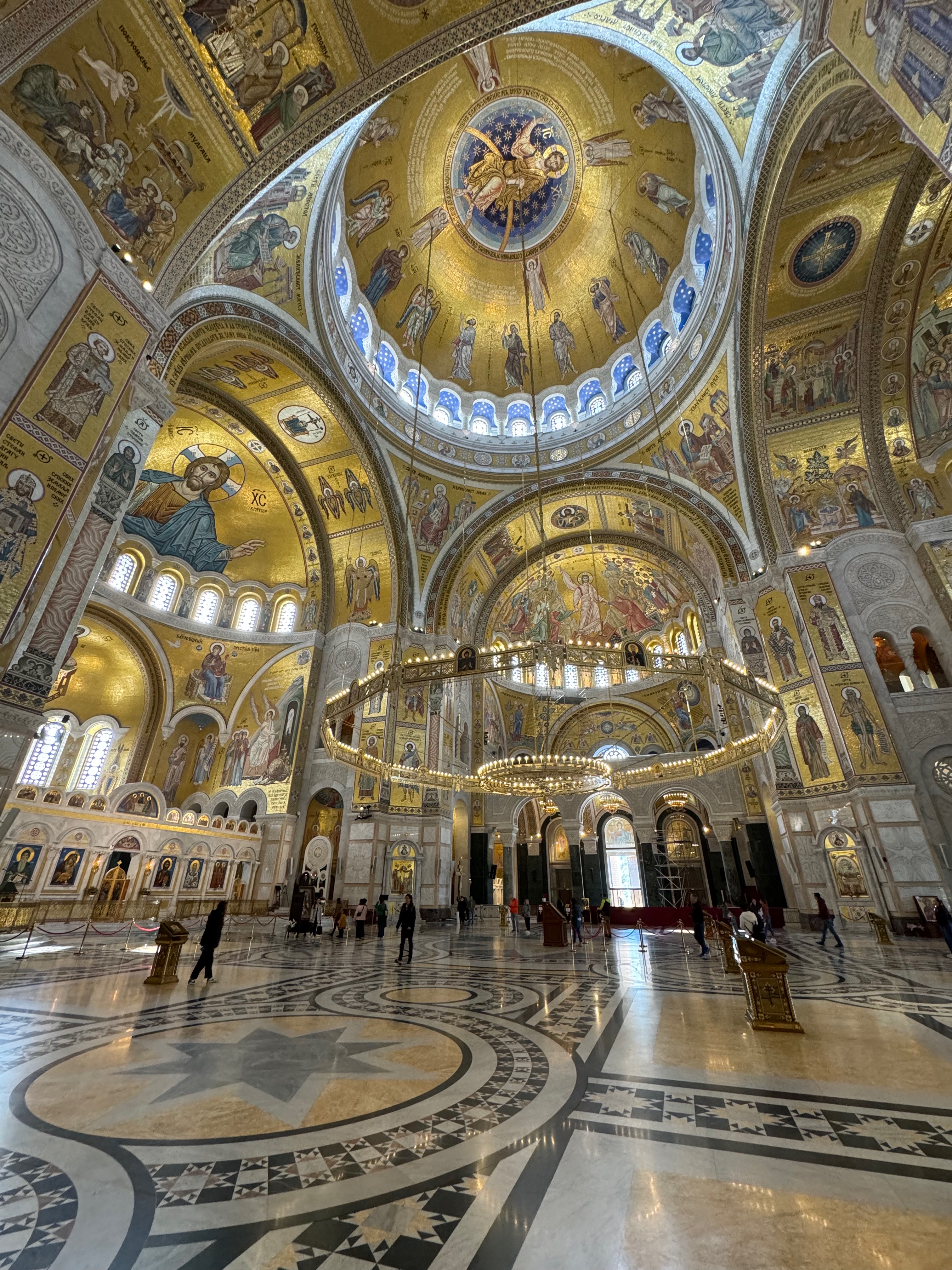
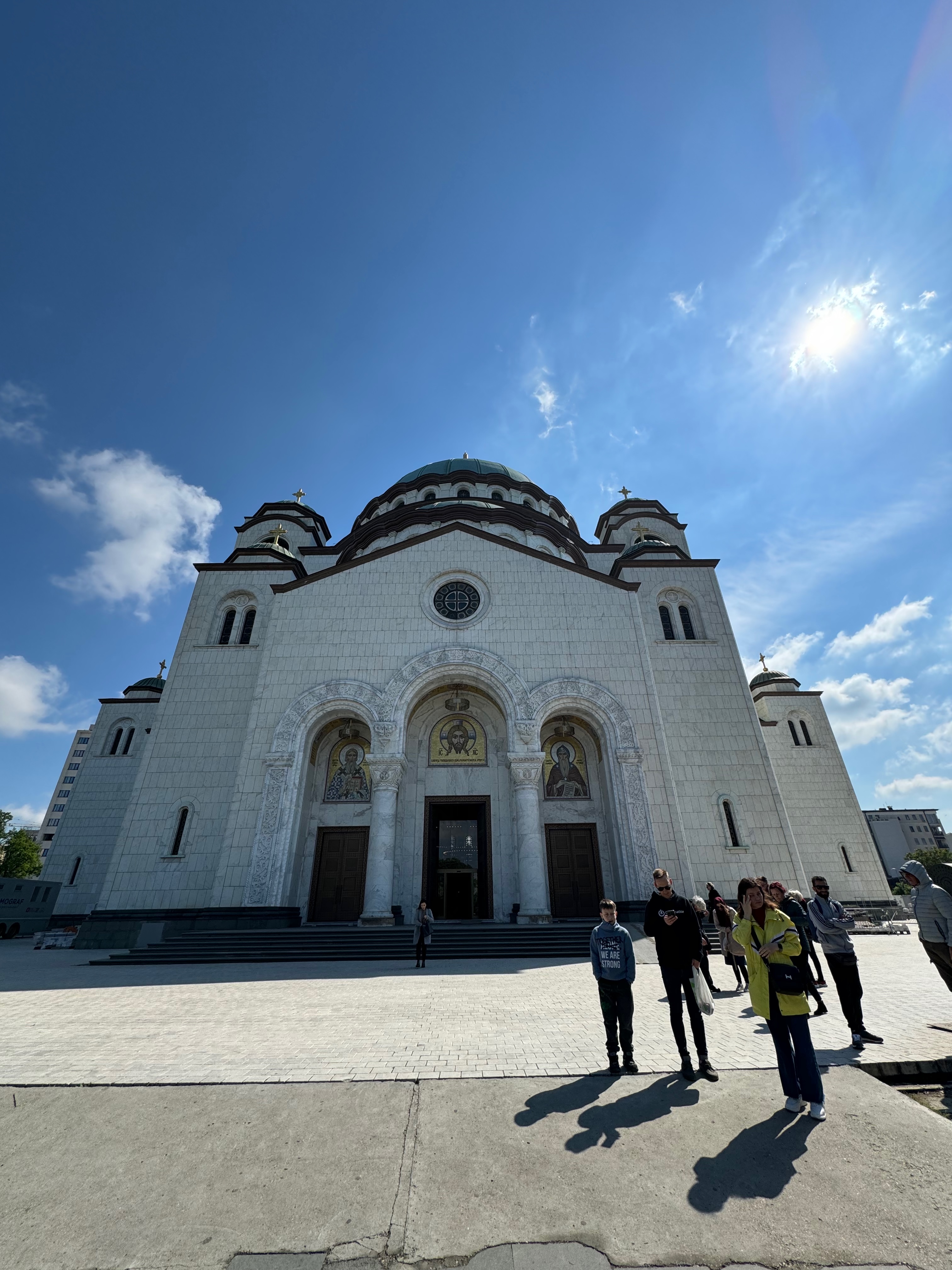

The Historical Museum of Serbia, located in the city centre, is a good spot to visit if you’re a history fan. The museum is currently in between permanent exhibitions so some of the range of exhibits are limited whilst the museum is in its temporary home. The museum costs 400 RSD to enter and is not open on Mondays. If you have to pick a history museum for your trip, I’d pick the next recommendation.
The Museum of Yugoslavia, which contains Tito’s Mausoleum, is a little bit out of the way compared to the other attractions in the city, but if you’re a history fan it’s a must visit. The museum offers a fascinating insight into Yugoslav and Serbian history. Within the museum, the House of Flowers (pictured below left) is home to the Mausoleum of Tito, who served in leadership positions in Yugoslavia for almost 40 years, including 27 years as President of Yugoslavia. The museum costs 600 RSD to enter and is not open on Mondays.
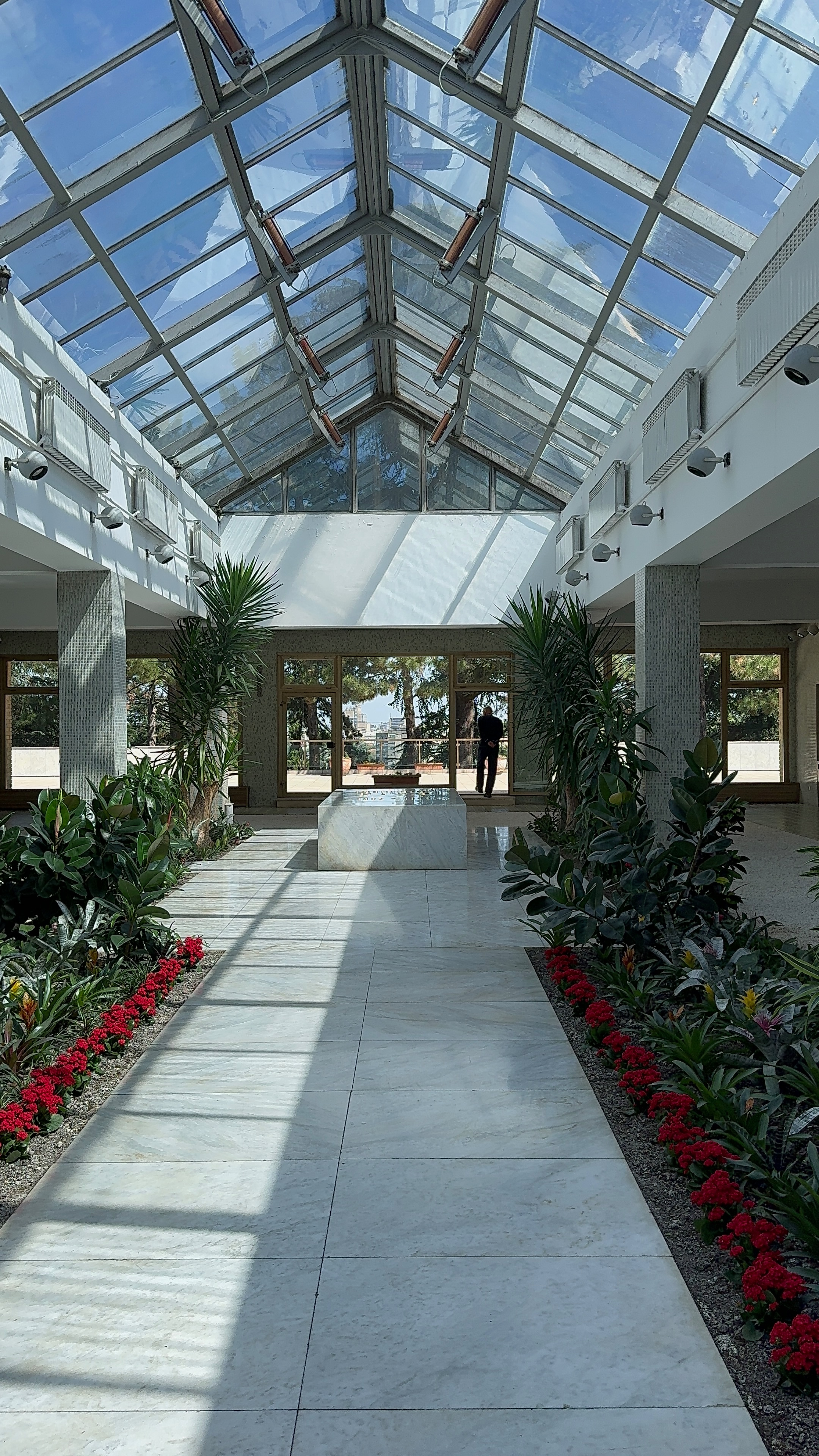
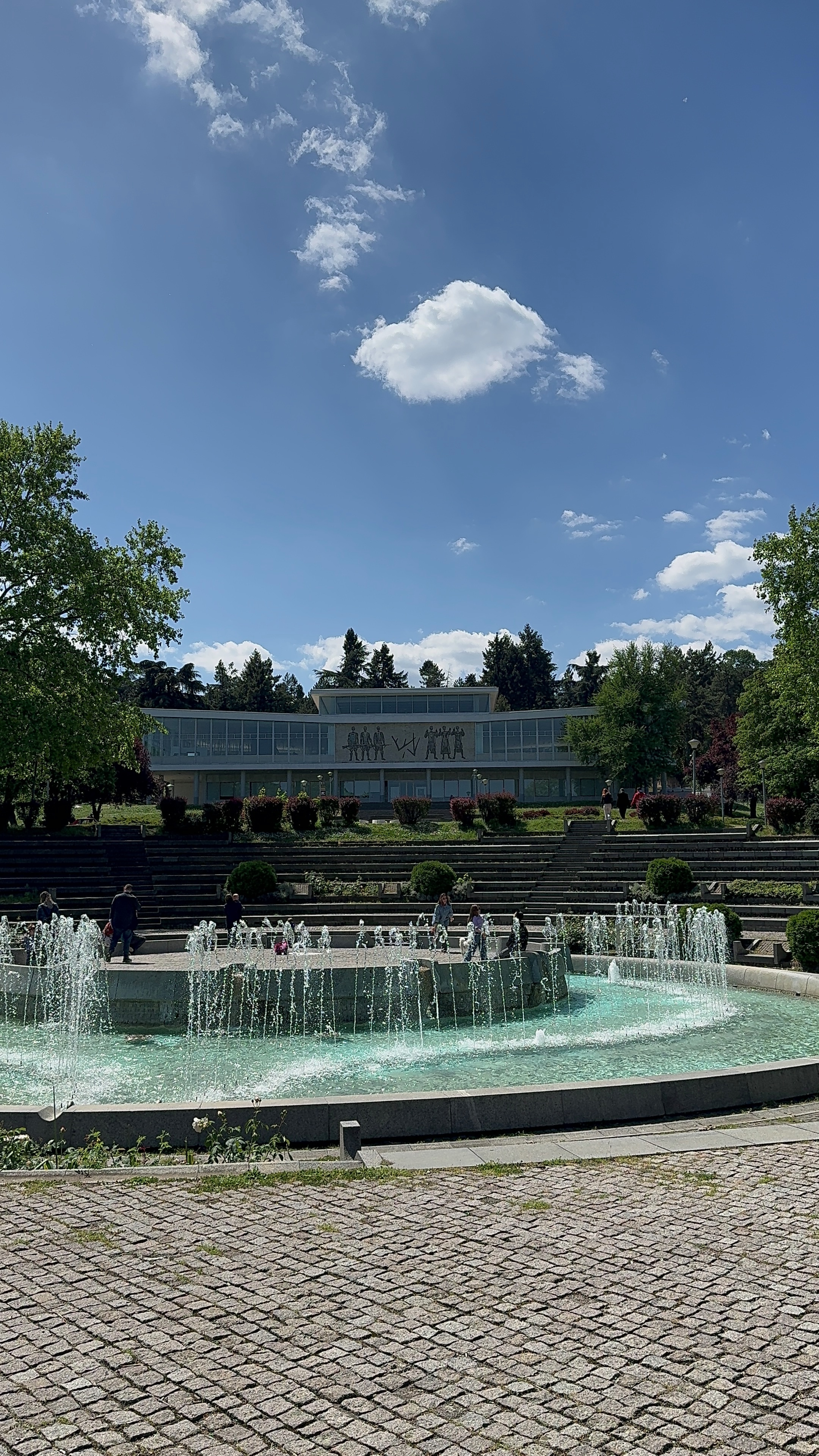
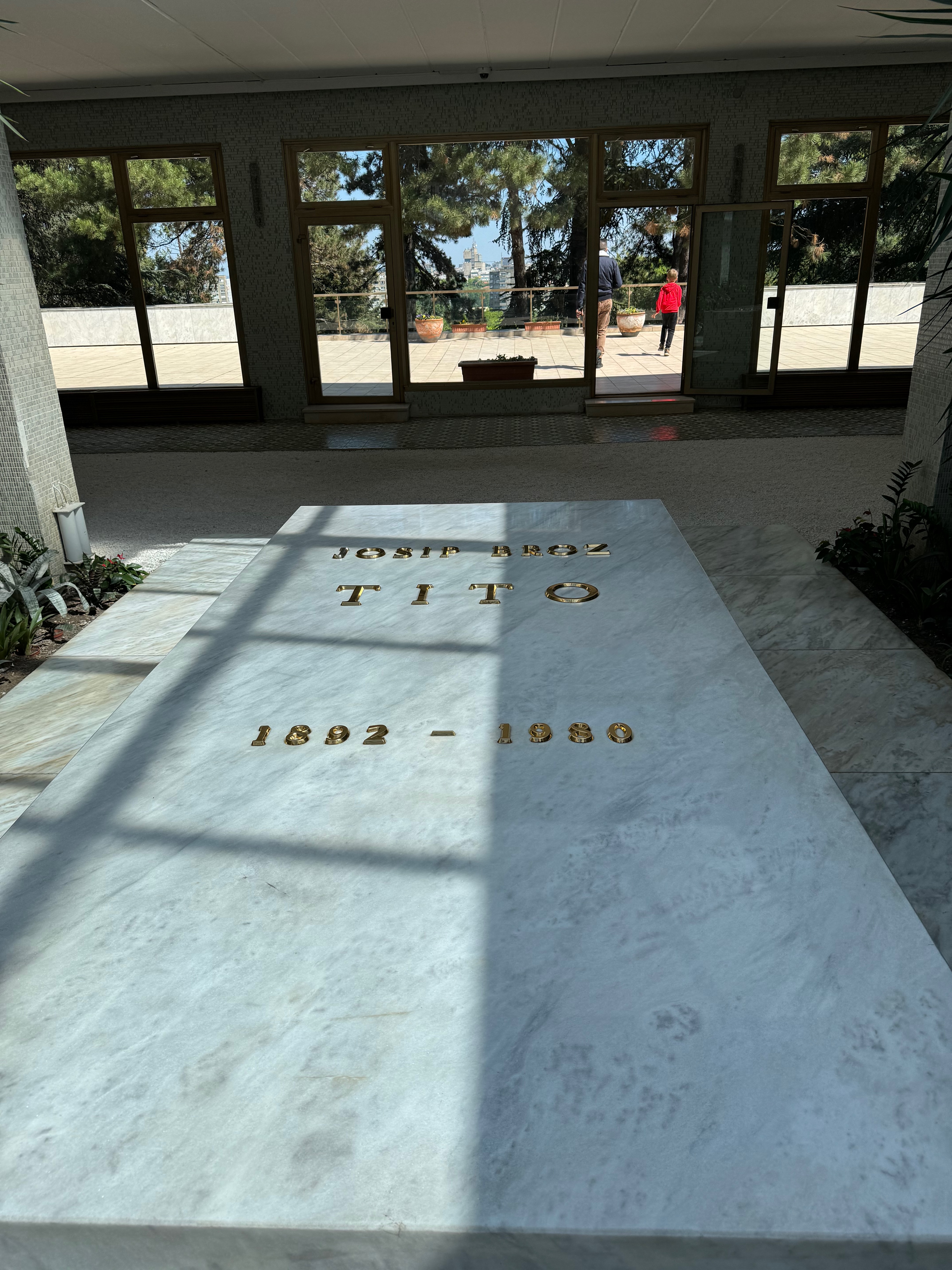
The National Assembly of Serbia is located in the city centre. The building itself is one to stop by for a look at. We didn’t go inside the building as it didn’t look like you could go in. Near to the National Assembly, there is also the Central Post Office where you can buy and send a postcard home!
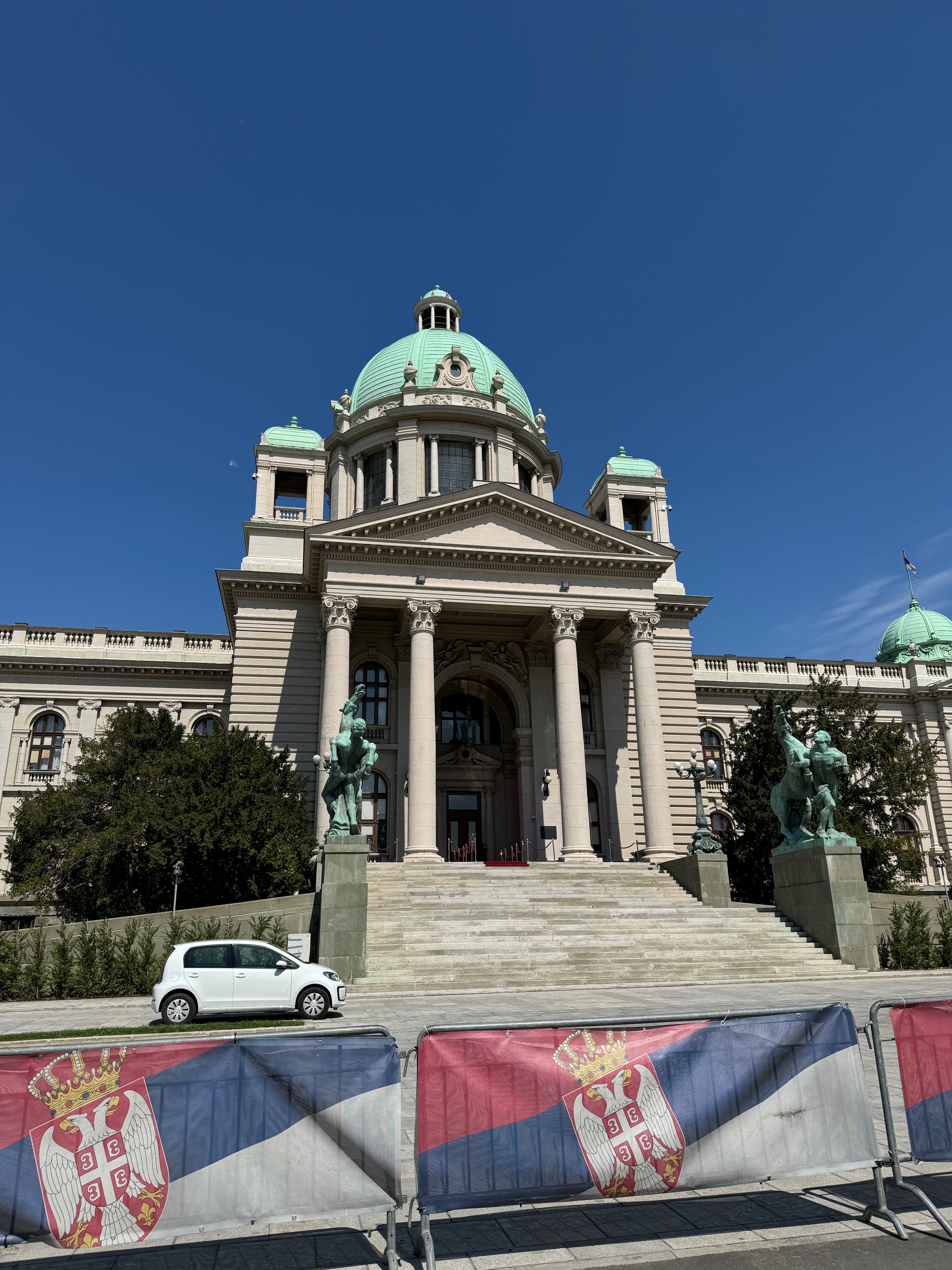

Belgrade can be a good city to go shopping and have a browse. The best place to go for this is Belgrade Waterfront and the Galerija Shopping Centre which houses most well known brands. It’s also quite a nice place to stop in one of the eateries on the waterfront or just to take a walk along the waterfront on a sunny day!
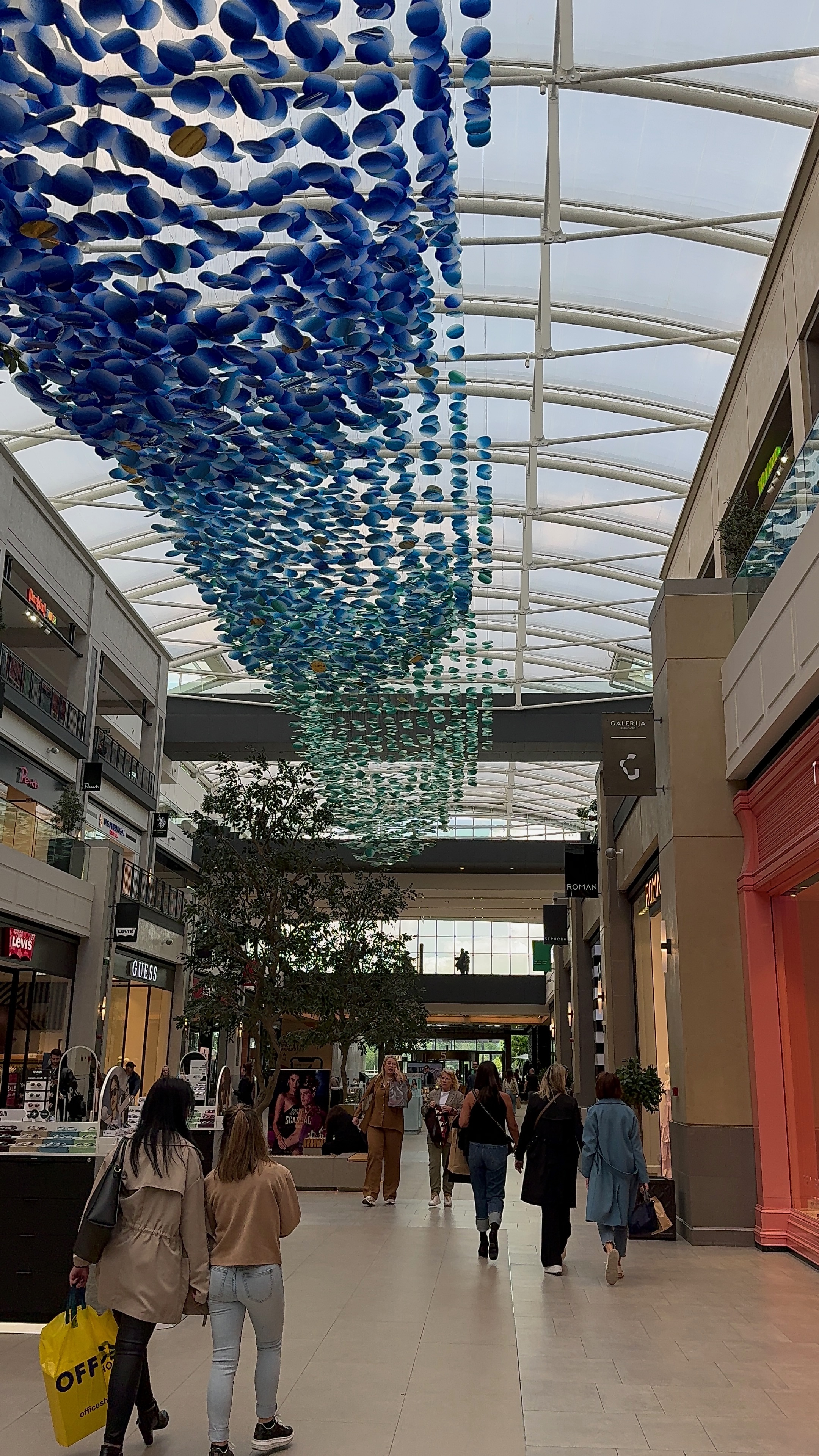
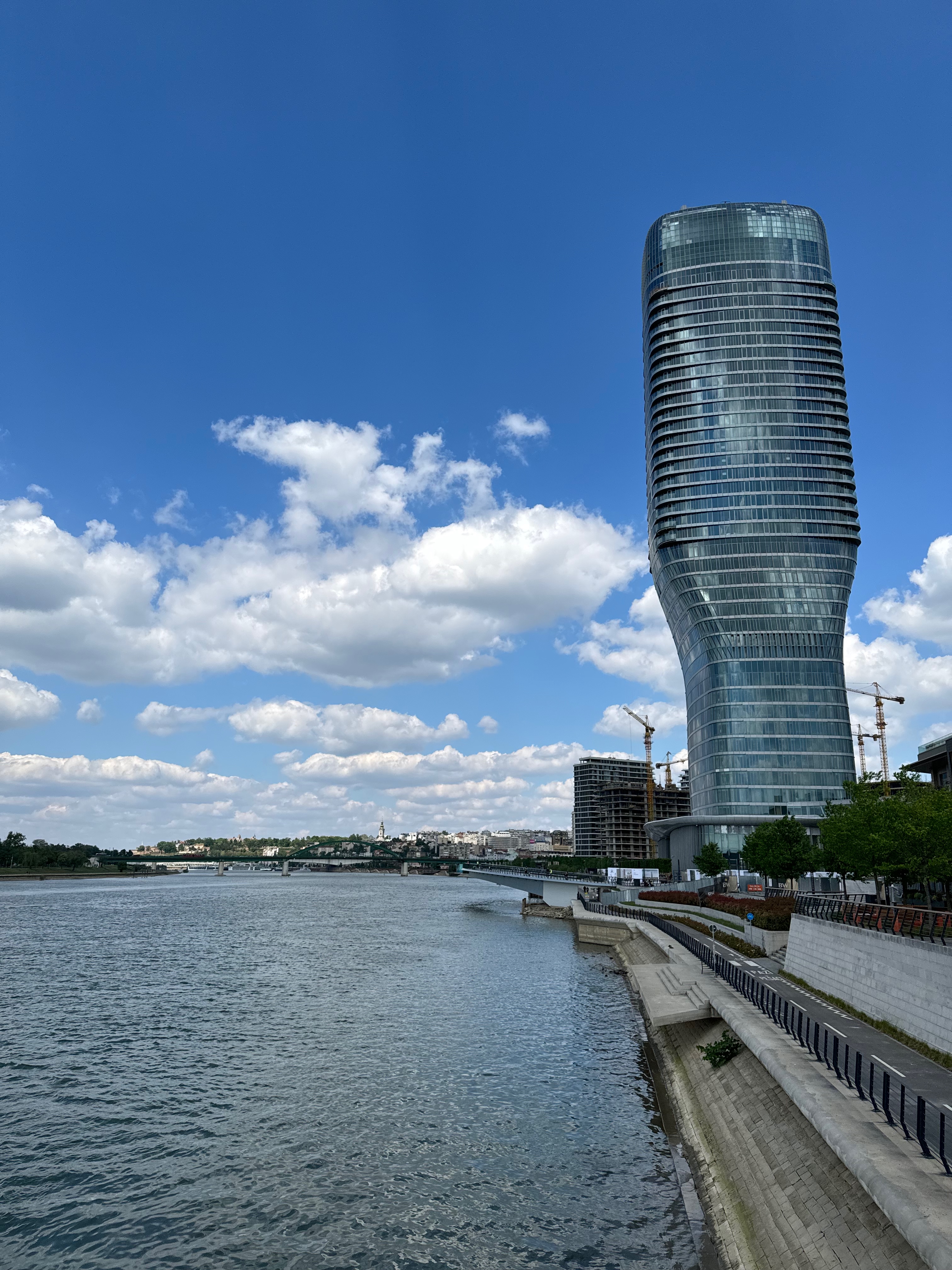
Around the city, you will still see the impacts and scars of NATO’s bombing of Belgrade in 1999. The most well known site can be found at the meeting point of Kneza Milosa and Nemanjina streets, where you can see the remnants of the Yugoslav Ministry of Defence. There are attempts locally to demolish the building and redevelop the site, so get your chance to see it in whilst you still can.
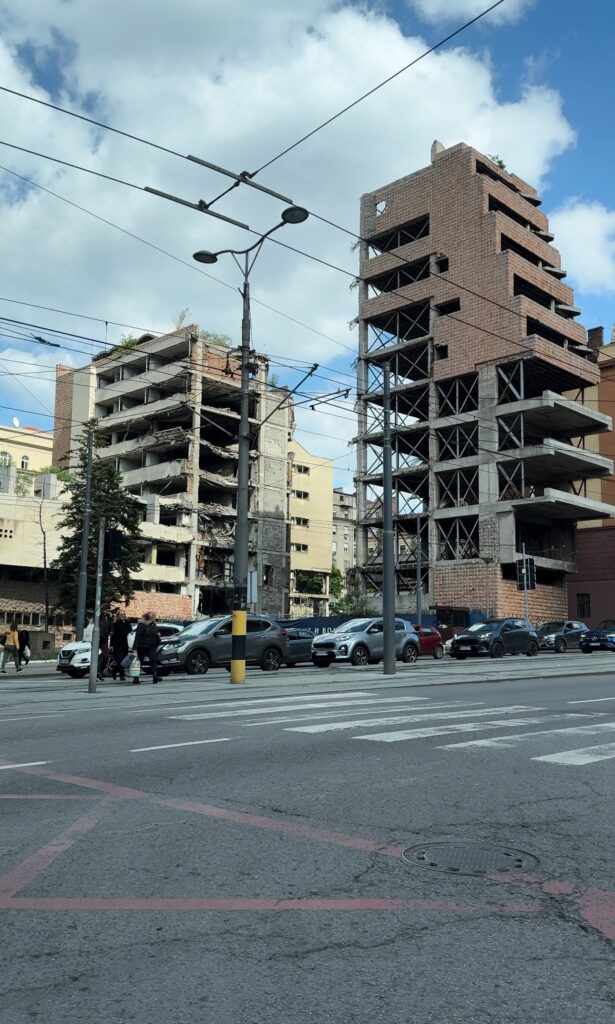
Visit Belgrade has a full guide to attractions and places to visit within the city – their website can be found here.
Where to eat
Savčić is a cosy, local and authentic Serbian restaurant located near Slavija Square. We enjoyed a meal of Cevapi accompanied with a Shopska salad and of course a Serbian beer! The meal was inexpensive and an overall great experience.
Majstor i Margarita is a local pizza establishment and has been ranked in the top 50 pizza restaurants in Europe for several years in a row. The restaurant offers innovative combinations and great service. Whilst the prices are a bit on the expensive side by Serbian standards, the food is worth the cost. At busier times, you have to queue before getting a spot as this place is very popular!
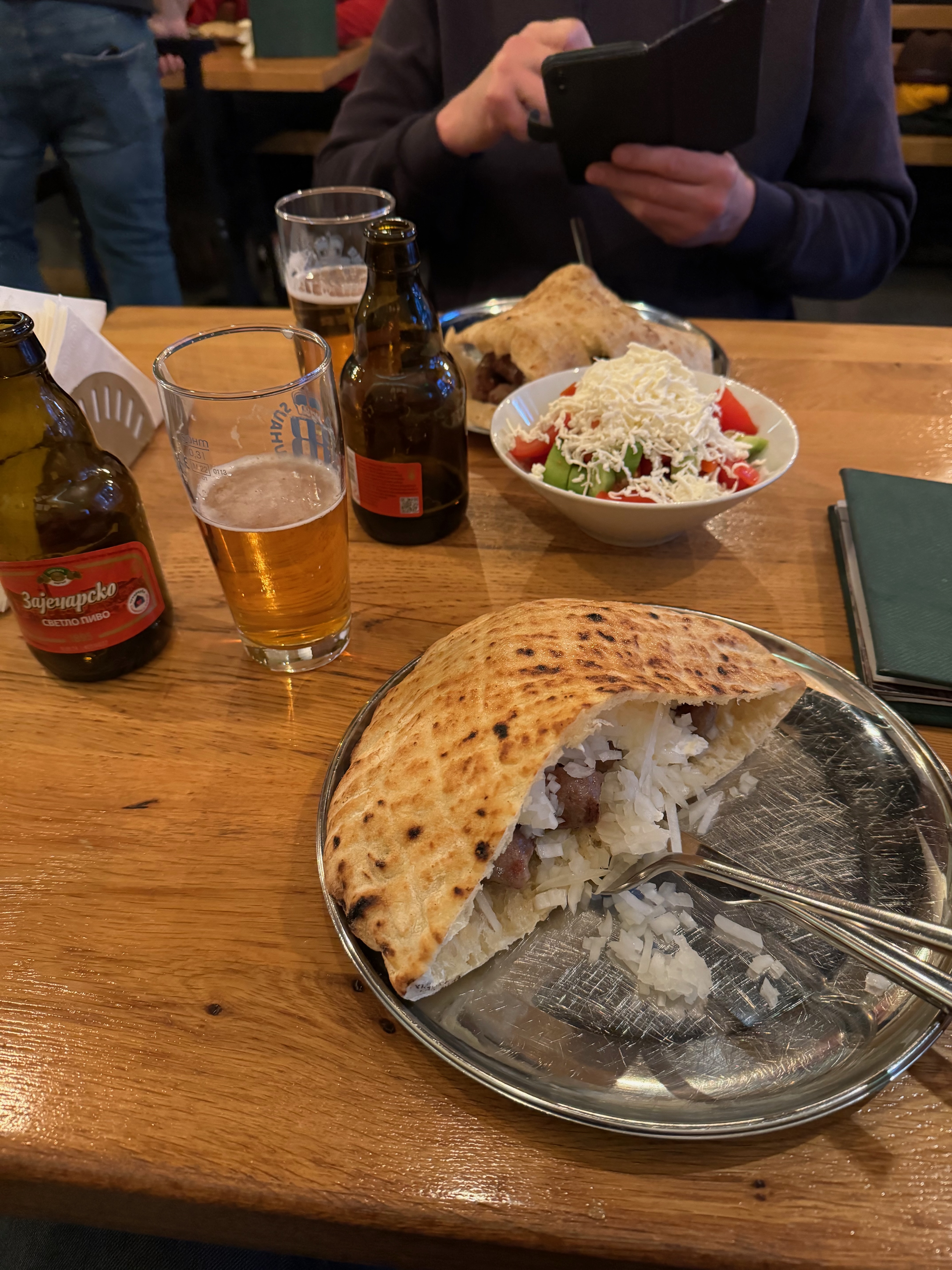

On the streets of Belgrade, you will see various bakeries and pastry shops, known locally as a Pekara. The most well known one (pictured below) is Trpkovic near Slavija Square. You’ll be able to spot the bakery with the long line of locals outside waiting for the offering of burek and other Serbian pastries! Serbia has a strong coffee culture so make sure to take some time to have a coffee and a pastry on your travels!
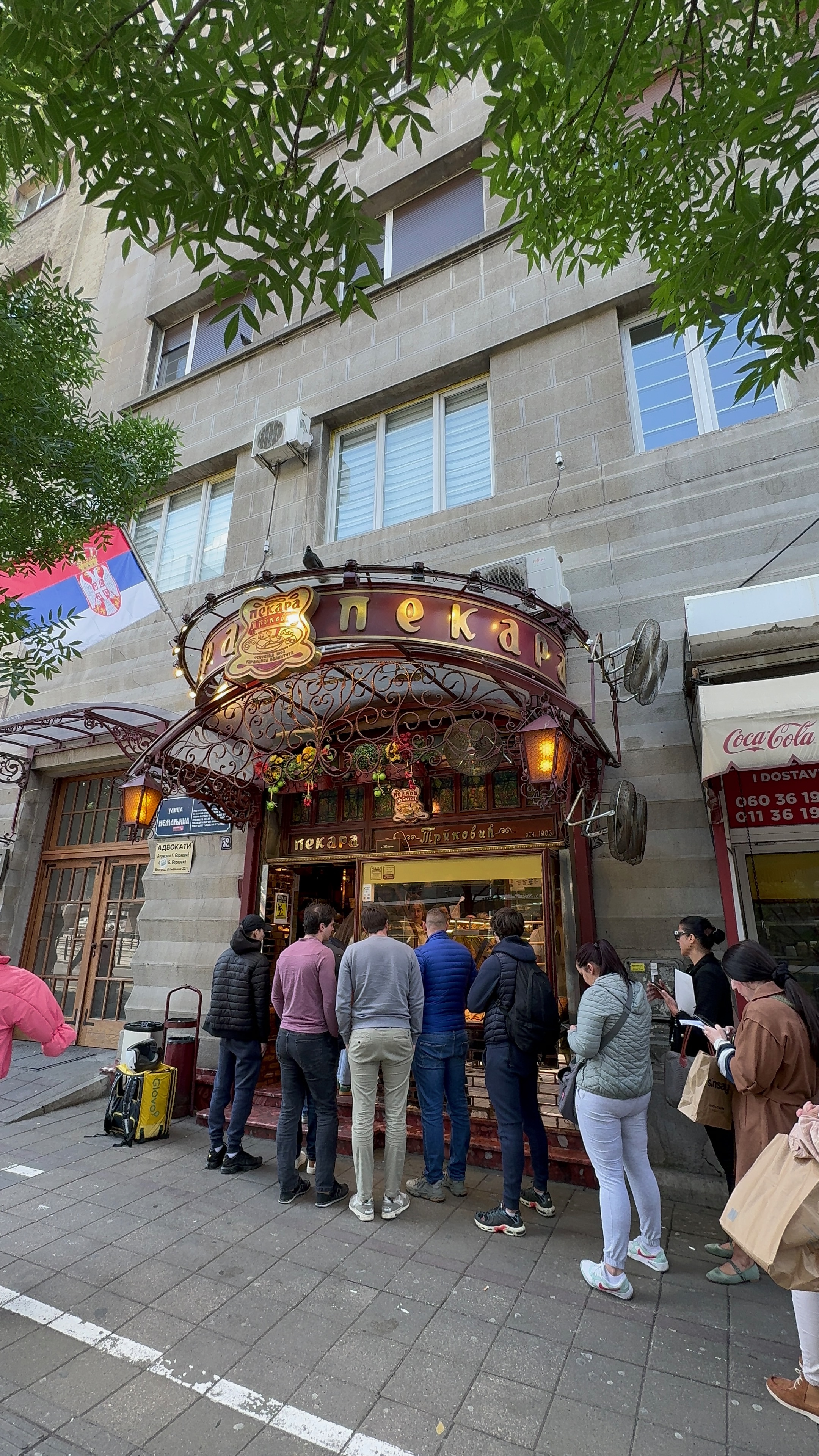
Serbia has an assortment of local beers, with Lav and Jelen being some of the most popular lagers. There is a great craft beer scene in Belgrade and many restaurants (including Majstor i Margarita) offer on their drinks menu!
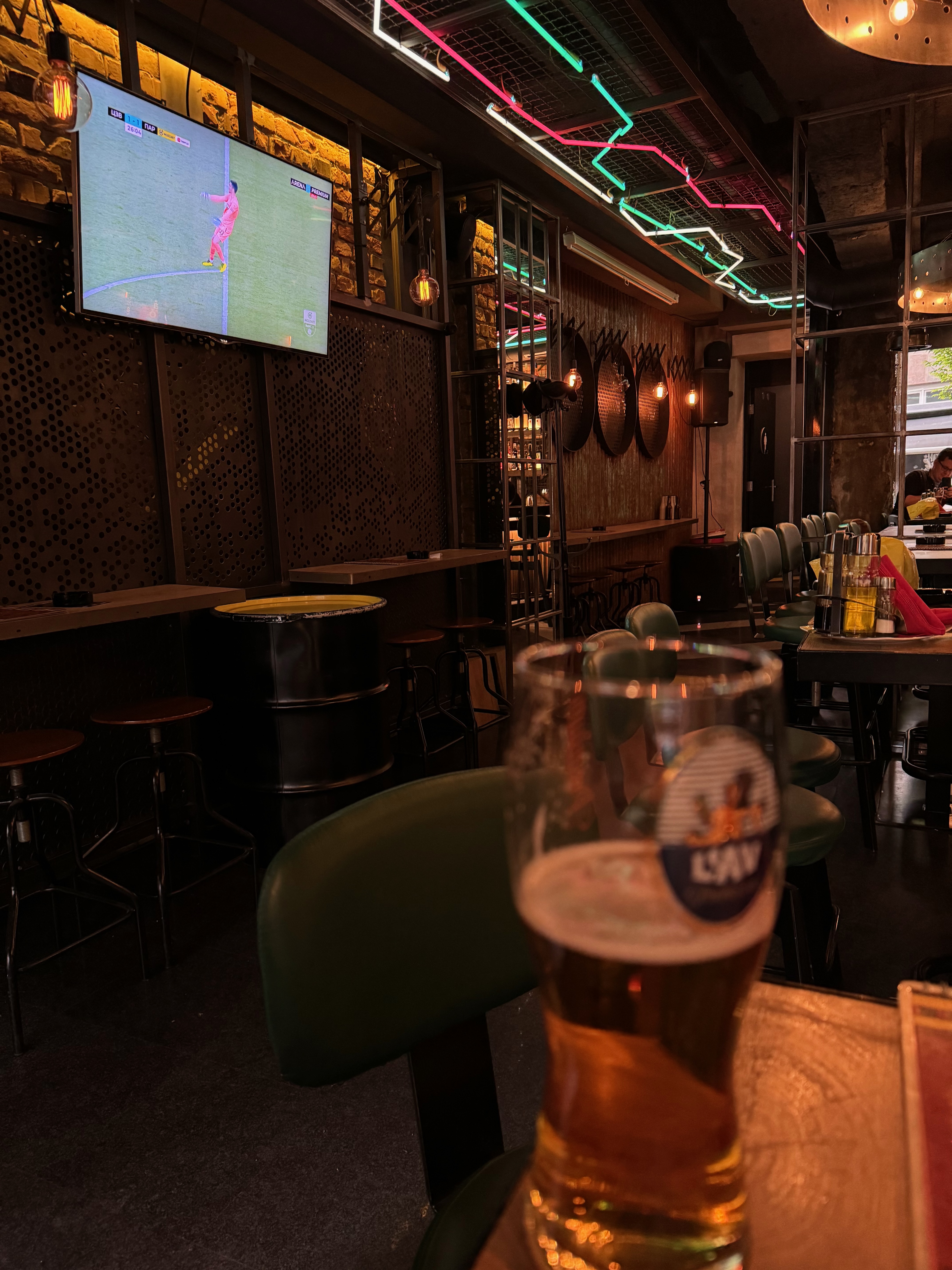
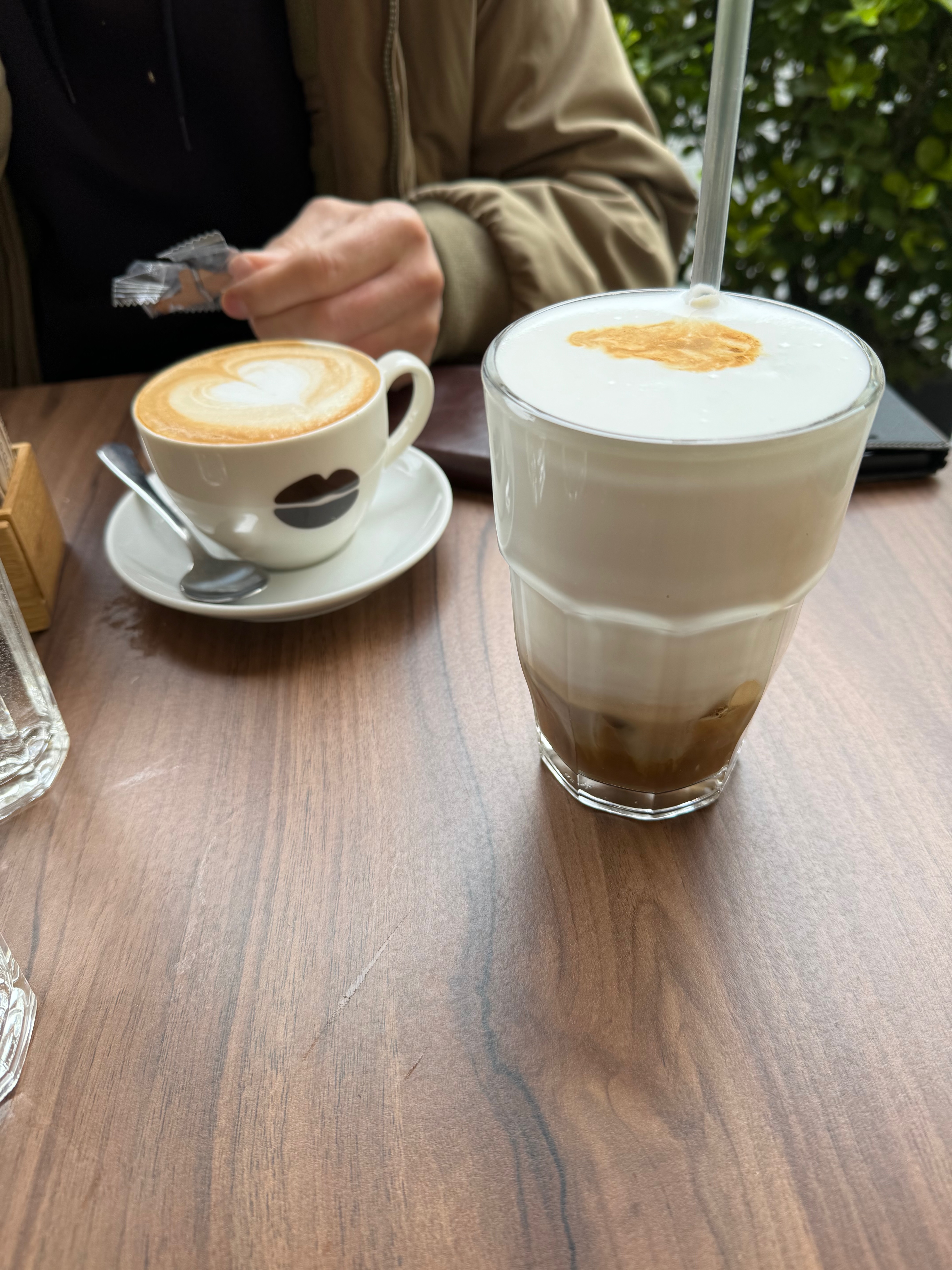
Where to stay
I chose to stay at the Moxy Belgrade on Njegoševa. The hotel is in a good central location with a wide range of rooms. The hotel also offers a good breakfast. Its location allows for easy access to trolleybus and tram services but also means you’re within walking distance of most major tourist attractions.
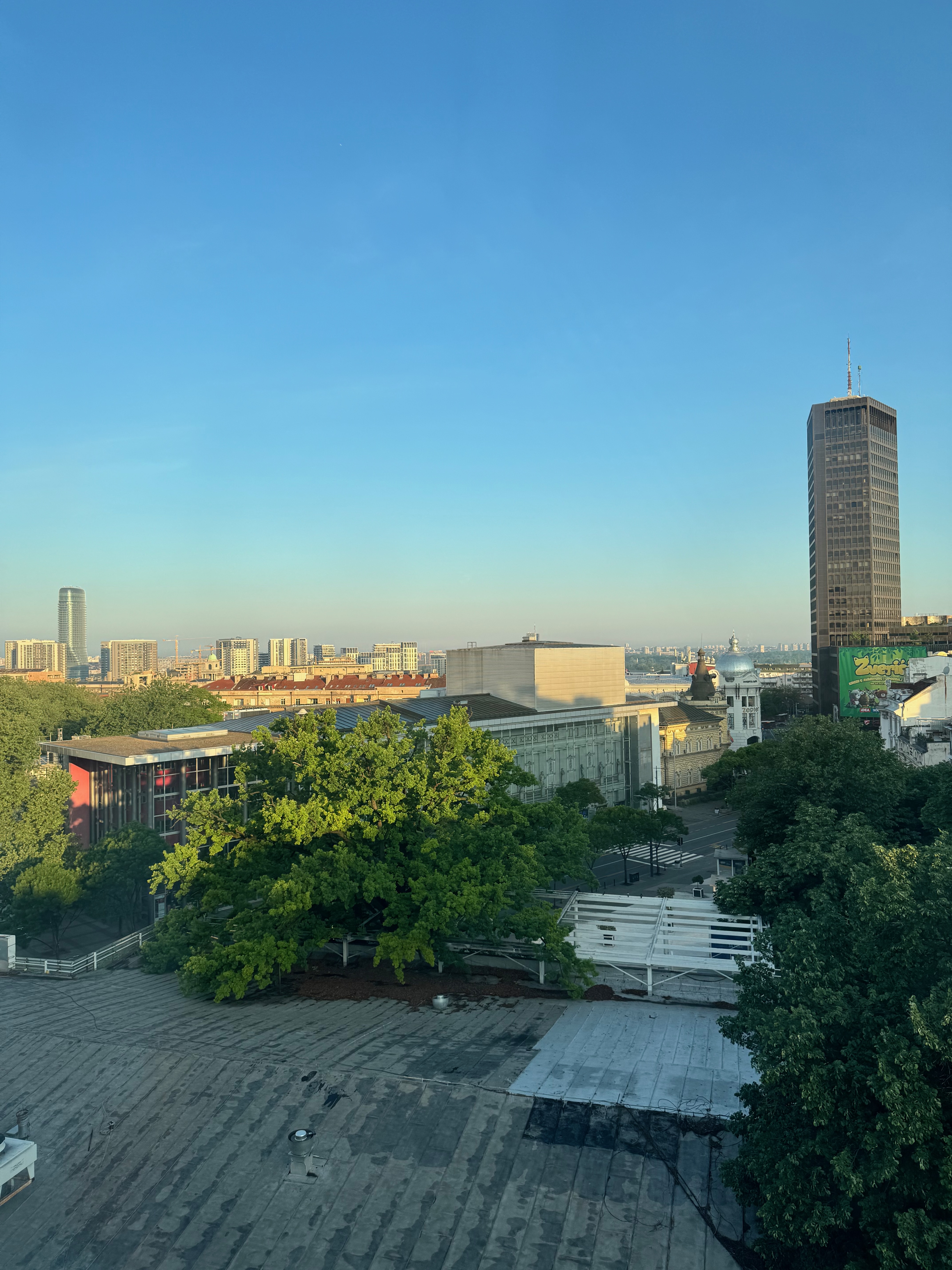
There are several clusters of hotels in Belgrade so it’s important to the right area depending on what you want to do! If you want to be in a good location for most tourist attractions, I would go for a hotel near to Republic Square, Slavija Square or in between. There are some hotels on the western bank of the River Sava, although this appears to be the business end of town!
The budget
Wizz Air and Air Serbia fly from London to Belgrade. Flights are also offered from most major European cities as well as several U.S. and Middle Eastern destinations. I paid £40 for a return flight on Wizz Air from London-Luton. As Serbia isn’t your typical tourist destination, there are lots of deals to be had! I would keep an eye out on Wizz Air’s website regularly as there are often flights to Serbia at a reduced price.
For my hotel, I paid £100 per night to stay at the Moxy Belgrade, which included an upgraded room and buffet breakfast. Between two people, this worked out at £50 per person per night which was great value for money. I also collected points using Marriott’s Bonvoy programme.
For airport transfers, I booked through booking.com’s airport transfer service. Whilst it would have been cheaper to take public transport, the taxi service was useful as our flights arrived and departed at rather anti-social hours!
As with any major city, Belgrade has a tourist card, the Belgrade Card. Details can be found here. We didn’t use the card but it may be useful and cost-effective for your trip if you are doing several attractions!
One top tip for Serbia is to get an e-sim for your mobile phone! Serbia is outside the EU which means that it is not included in the EU roaming area or any UK plans which include ‘European’ data. Accessing maps, public transport information and possibly Yandex requires cellular data if you can’t find wifi and having it to hand is very useful. I paid £12 for a 3 GB sim with Nomad which was enough to last our long weekend trip.
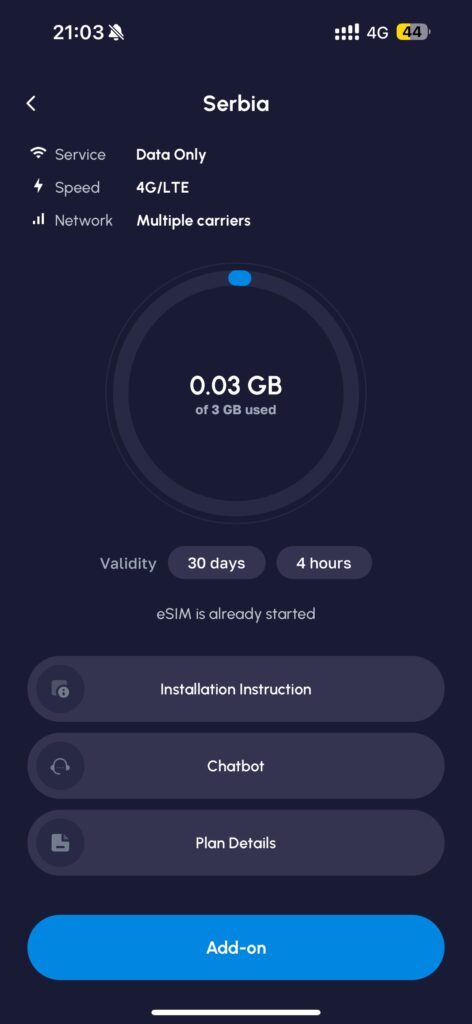
This post contains affiliate links to trusted partners. If you purchase through these links, I earn a commission at no extra cost to you – thank you!
